Phil La Duke

Articles by Phil La Duke
The Myth of the Perfect Process
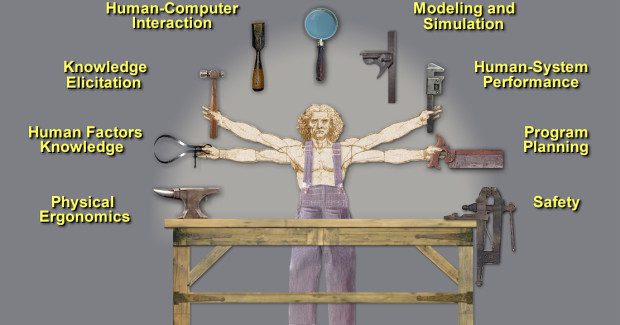
Like so many things involving risk reduction in safety, trying to implement a safety system through statistical process control is theoretically possible, but practically impossible. Here’s why.
Keeping Temporary Workers Safe Isn’t Your Problem? Think Again
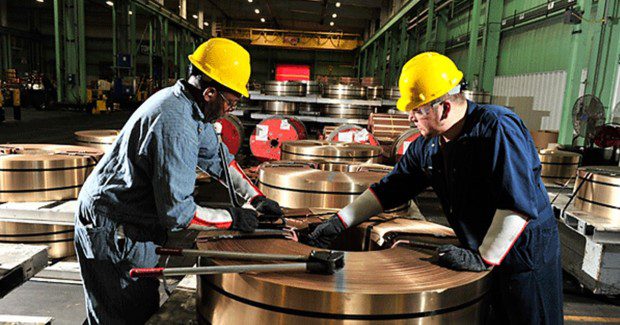
As OSHA increases its interest in enforcing the safety of temporary workers, manufacturers that hire temporary workers will find greater federal scrutiny that could make the practice less profitable than it once was.
Safety in the Digital Age: Regulating Worker Use of Distracting Devices
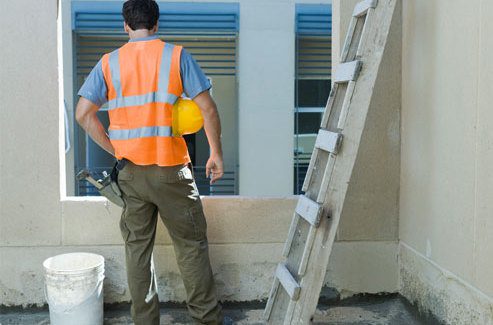
The dangers of distraction while working have garnered a great deal of attention. Distraction increases the risk of injury, but taking the appropriate steps to reduce distraction are neither easy nor simple. Much thought must be given to the consequences, fairness, and practicality of any regulations aimed at reducing the risks associated with worker distraction.
Safety As Sustainability
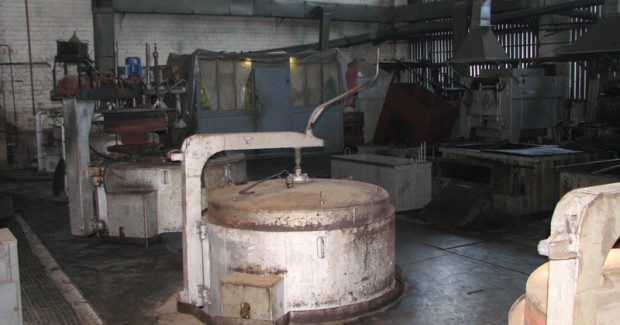
The broader view of business sustainability explores ways to reduce the carbon footprint, use resources more efficiently, and use less resources overall. But most important, it stops wasting precious time, money, and resources on processes that can hurt workers.
When It Comes To Safety: Fix the Problem, Not the Blame
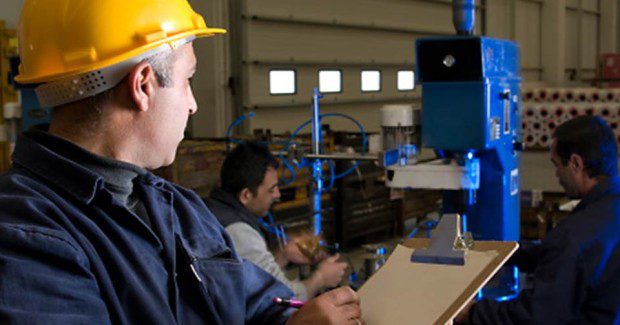
As business increasingly uses safety performance as a criterion to judge the worthiness of a supplier, avoiding these common mistakes is crucial to remaining competitive.
Why We Violate the Rules, Revisited
In many cases, rules actually produce unintended consequences that are far worse than the behaviors we are trying to shape. Let’s think through this food for thought together.
Safety: Are You Good or Just Lucky?
When safety systems are designed and managed to look at multiple areas of risk and analyze them in a holistic context, they provide a more useful way to measure safety than simply counting bodies and broken bones.
The Injury Continuum
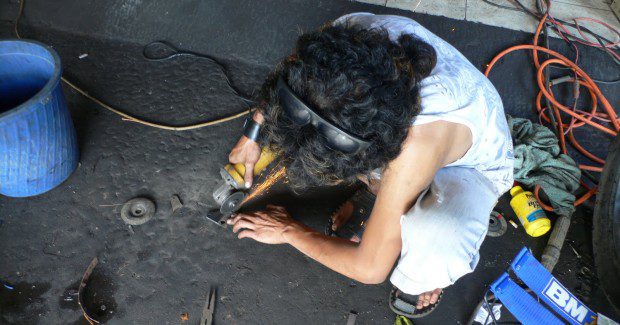
When a worker screws up and gets hurt, organizations tend to react in one of two ways: Either they rush head long to the conclusion that the errant employee needs more training or they are resolute in the belief that the worker knew (or should have known) that what he or she did was wrong and did it anyway. While these circumstances are sometimes the case, they are far from the only possibility.
Safety in the Digital Age: Regulating Worker Use of Distracting Devices

The dangers of distraction while working have garnered a great deal of attention. Distraction increases the risk of injury, but taking the appropriate steps to reduce distraction are neither easy nor simple. Much thought must be given to the consequences, fairness, and practicality of any regulations aimed at reducing the risks associated with worker distraction.
Hazard Analysis: Working In A Perfect World
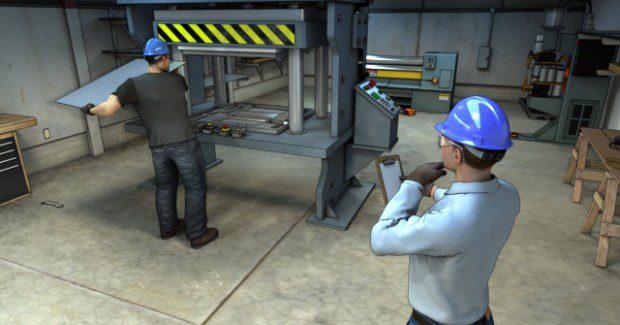
Hazard analysis is key to appropriately protecting workers from dangers in the workplace, but too often we do a mediocre job by pretending that the workplace is perfect and all workers will never make mistakes, take risks or behave badly. Instead, we should use the “What Would Doris Do?” approach to portray real world risks. Here’s how it works.
Working in the Line of Fire
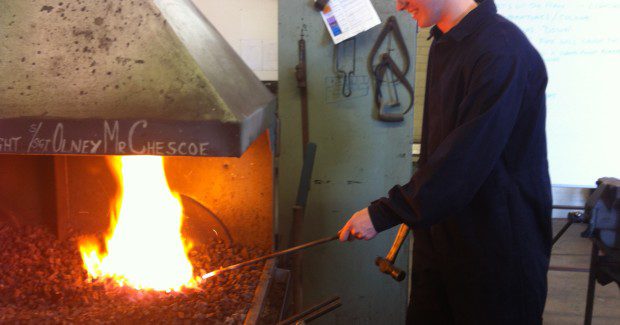
Line of fire injuries remain an enigma. here are some reasons why – regardless of engineering controls, guarding or bypass interlocks – workers that continue to put themselves into the line of fire will eventually die on the job.
Your Mother Doesn’t Work Here: Why Housekeeping Matters
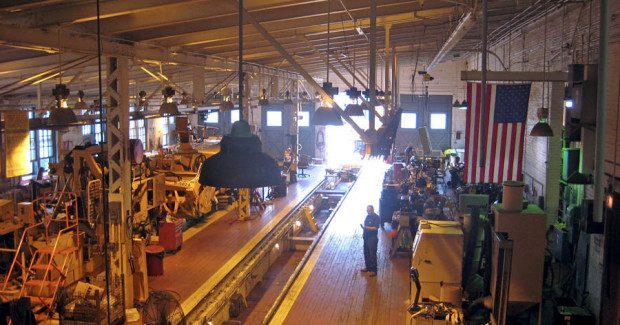
The dangers of poor housekeeping are real. It saps productivity, morale and operating efficiency, yet goes largely ignored. When every competitive dollar counts, it’s puzzling that more shops don’t make a concerted effort to address a problem that is so easy to fix.
Near Misses
Though near miss reporting is a sacred cow among safety professionals, Phil La Duke of Environmental Resources Management examines why most shops waste vital resources and scarce funds relentlessly pursuing a goal that they cannot – and in most cases should not – achieve.
Stereotypes Get a Bad Rap
High functioning safety environments that save lives, reduce costs and boost efficiency are built from strong teams of different personalities with styles that are more persuasive, easier and more pleasant to work with, and generally more effective in all areas.
Safety: The New Competitive Advantage in a World of Liability
Phil La Duke of ERM reports on why more companies are using a prospective supplier’s safety record as criteria for awarding business and why some shops are losing profitable contracts to competitors with better safety records.
Don’t Hurt Yourself
Phil La Duke of ERM explains why this nice sentiment to express concern doesn’t work as the flawed philosophy behind Behavior Based Safety, a wrong-headed and ironically dangerous safety system.
Bleeding Money: How Much Does Safety Really Cost?
The unsafe workplace costs a lot of money. The financial magnitude of expenses incurred in operating an unsafe workplace must be understood. This examination of the true costs associated with poor safety uncovers how far they extend beyond simply counting the cost of safety glasses or wages paid to the safety department.
Is Your Workplace Ripe for a Serious Injury?
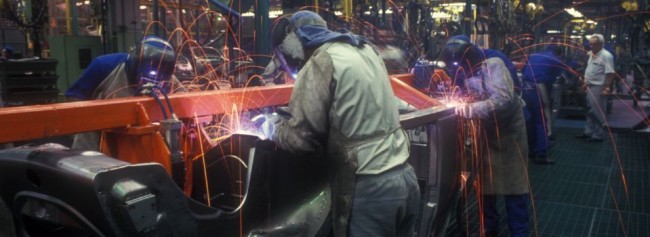
The absence of injuries does not denote the presence of safety. In fact, a series of near misses indicates a problem in your safety management. Here are some important safety factors that identify whether your shop is at heightened risk of a serious injury or fatality.
The Basics of Safety: Behavior-Based Safety vs. Process-Based Safety
In Part Two of his back-to-basics series, Phil La Duke of Rockford Greene explores why the widest gulf between safety philosophies lies between these two of the more popular systematic approaches.
What Happened?
During the chaos that often follows a workplace injury, poor incident investigation can often leave us scratching our heads. To improve incident investigation, Phil La Duke of Rockford Greene International explains how to address the five most alarmingly common mistakes that people make under the pressure of the moment.
The Art of Screwing Up
Phil La Duke of Rockford Greene International explains why errors may be with us always, but the injuries associated with them need not be. His insights into the world of error reveal how underlying behaviors cause people to make mistakes and why we must rethink the proper way to engineer a safe workplace.
Engagement: The Key to Changing Your Safety Culture
Engagement is different from motivation. Phil La Duke of Rockford Greene examines why a motivated employee will work hard for a week to win a prize, but an engaged employee will work hard every week because it is good for the organization, and what’s good for the organization is good for them.
The 14 Points of Workplace Safety
By merging the engineering discipline, process control and business acumen of W. Edwards Deming to the practical world of employee protection, Phil La Duke of Rockford Greene International introduces some profound principles of worker safety that are an absolute must for manufacturers.
Manufacturing Engineers: Holistic Heroes of Safety
Phil La Duke of Rockford Greene explains why the skills and tools of this engineer are essential to the creation of a safe and predictable workplace that improves process capability by reducing variation in each stage of the product lifecycle.
A Day in the Life of an Ergonomist
Utility Player: Phil La Duke explores how human factors engineering is used to find the perfect balance of the concurrent priorities between manual labor productivity and worker health and safety.
Who Needs an Environmental Hygienist?
Phil La Duke of Rockford Greene International continues his look at the various specialties within the Safety function by exploring a role focused on maintaining regulatory compliance, protecting the workers, environment, and in some cases the products from coming into contact with hazardous chemicals.
The Safety Generalist
Before discussing specialization within a particular area of safety, Phil La Duke of Rockford Greene first explores the role and duties of the one who typically owns worker safety from “soup to nuts” within a given manufacturing facility.
The Death of the “Safety Guy”
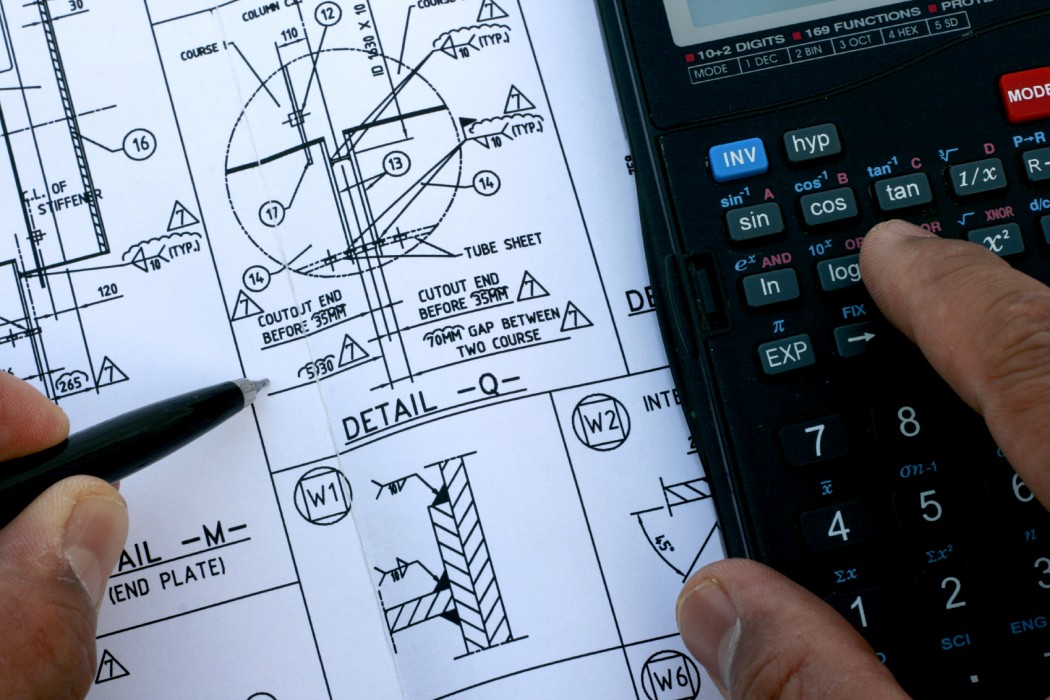
When it comes to making the workplace safer, there is as much room for people who acquired their safety pedigree through years of work experience and corporate training as there is for those who acquired theirs in a university.
Preparing for an Uncertain Future: What Tomorrow’s Safety Professional Should Be Studying Today
In a dynamic business environment, the decisions one makes today can have a profound impact on their safety career tomorrow. Phil La Duke of Rockford Greene explains how simple planning today can greatly improve the chances of a richer and more fulfilled career in safety in the future.
THE FUTURE OF SAFETY
Safety at a Crossroads: To some, the future of safety holds great promise, with jobs being created faster than colleges can graduate qualified professionals. But others see storm clouds on the horizon. Phil La Duke of Rockford Greene International takes an insightful look into both sides and exposes some trends in safety that you are definitely not aware of.
WHAT’S WRONG WITH SAFETY TRAINING . . . AND HOW TO FIX IT
Back by popular demand, this classic analysis by Phil La Duke of the issues and problems encountered with conventional safety training also provides some creative solutions that can enlighten your next session – and get the attention of your workforce.
Unions Go to War with Behavior-Based Safety
Bad news for all those companies cashing in on Behavior Based Safety; it looks like international Unions have formalized their opposition to it.
THE BASICS OF SAFETY: WHAT CONSTITUTES A SAFE WORKPLACE?
Phil La Duke of Rockford Greene launches a series that deeply explores different ideas about safety and what can be done to actually make the workplace safer.
PULLING IT ALL TOGETHER
Approaching Safety Holistically (Part Two): While safety training is important, Phil La Duke of Rockford Greene explains how the real payoff for investing in training comes from monies spent on imparting the most basic skills workers will need to do their jobs.
APPROACHING SAFETY HOLISTICALLY
After a process is stable and compliant, safety should focus on worker and process capability by diverging into worker skills and equipment maintenance. Phil La Duke of Rockford Greene reveals why there is no need to spend lots of time trying to improve workplace safety through worker training and total productive maintenance when there are many other low-cost actions that can be quickly deployed.
THE BASICS OF SAFETY: CONTINUOUS IMPROVEMENT AND SAFETY
By questioning the value and return on investment of departments, organizations are certain to eliminate redundant efforts between quality, lean, and safety groups. In Part 5 of our series on Back to Basics in Safety, Phil La Duke of Rockford Greene explores the shared role between continuous improvement, lean principles, and safety.
Selling Safety, Revisited
Phil La Duke of Rockford Greene explains why and how Safety must distinguish discretionary spending from non-discretionary spending and be prepared to explain why a safety initiative must be implemented immediately instead of waiting for a better business climate.
JUST CULTURE
Does the overall culture of a company have at least as powerful an influence on worker safety as the actions of the workers themselves? In exploring this controversial safety philosophy, Phil La Duke of Rockford Greene investigates whether an environment where people feel comfortable making and reporting mistakes is better equipped to determine the root cause of a problem and implement counter measures to prevent recurrence.
THE BASICS OF SAFETY:
PROCESS-BASED SAFETY
Proactive Prevention: In Part Three of his back-to-basics series on worker safety, Phil La Duke of Rockford Greene examines a safety philosophy based upon engineering injuries out of a process during the design stage when it is far less costly.
Why We Violate the Rules

Why do people – including safety professionals themselves – repeatedly ignore safety protocols? Let’ think through why less is more in safety, especially if the problem is the rule rather than the person.
MAKING SAFETY TALKS BETTER
Phil La Duke of Rockford Greene International explains why the first step in improving your safety talk program is to end it. That’s right. Or, at the very least, restructure it to the point where it is unrecognizable as having roots in what you are currently doing. Here’s how and why.
A CULTURE OF MYTHS
Phil La Duke of OE Learning explains why safety is not any company’s number one priority, nor should it be.
DEVELOPING AN ENVIRONMENTAL PLAN
With so much attention focused on going green and so little definition of exactly what that means, Phil La Duke of OE Learning shows why many firms find themselves trying to do too much without really having a concrete goal in mind or the ability to commit the necessary resources to achieve their goals.
THE CHANGING FACE OF SAFETY MEASUREMENT
Safety professionals who lack basic data on their company?s safety efforts are not likely to convince management that intervention requiring a significant cash outlay is necessary or warranted. Phil La Duke of OE Learning explains why they better do a meticulous job of measuring safety indicators and understanding what these indicators show.
A TEMPLATE FOR WORLD-CLASS SAFETY
Achieving a robust safety management system that supports ? not impedes ? productivity isn?t expensive or all that complicated, and yet relatively few organizations are able to achieve a satisfactory worker safety program. Phil La Duke of OE Learning asks why.
















